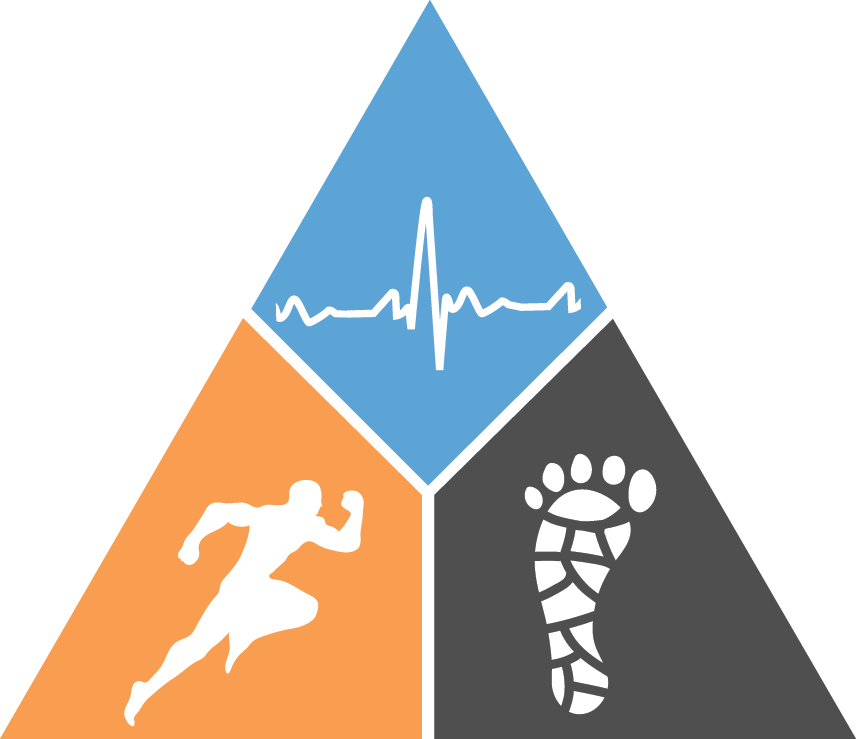Knee Pain
Do Podiatrists Treat Knee Pain?
Did you know that knee pain is often linked to our feet and lower limbs? This means that taking care of your feet can have a big impact on your knee health. Fortunately, many cases of knee pain can be resolved easily, especially when treated early on.
Whether you're dealing with
chronic knee pain
as an adult or a child, seeking treatment sooner rather than later is key. In many cases, knee pain isn't just the result of a sudden injury, but rather an ongoing issue that can be helped with proper care.
At Pinnacle Podiatry, we understand how knee pain can impact your daily life, making it difficult to participate in activities you enjoy. Our team is dedicated to providing a thorough evaluation and personalised treatment plan to help reduce your pain and improve your mobility. Remember, everything in the body is connected, so
addressing foot issues
may be key to
resolving knee pain.
Knee Pain Causes
Are you experiencing knee pain and wondering why? Pinnacle Podiatry is here to help! Chronic knee pain can often be traced back to issues with foot posture and walking patterns. When the feet are not properly aligned, it can put strain on the knees and lead to pain over time.
One common cause of knee pain related to the feet is excessive foot flattening or rotation. This can cause the knee to move abnormally, leading to discomfort. Even people with high-arched feet can experience knee pain due to a lack of shock absorption during walking.
In addition to foot posture, other factors like
poor footwear and improper training can contribute to knee pain. Conditions like
patellofemoral syndrome
and
iliotibial band syndrome can also cause discomfort in the knee area.
Patellofemoral Pain Syndrome
Do you ever experience
pain around your knee cap? You may be dealing with a condition known as
patellofemoral pain syndrome. This common issue can cause discomfort behind or around the patella in the knee joint.
Patellofemoral syndrome
is often referred to as “runner’s knee” or “jumper’s knee” because it frequently affects those who participate in sports. However, it can also impact non-athletes of all ages, from young to elderly individuals.
Patellofemoral Pain Syndrome Symtpoms
Do you ever feel pain behind or around your knee cap? It could be a sign of patellofemoral pain syndrome. Some symptoms you may experience include:
- a dull ache at the front of your knee during physical activity, which tends to go away with rest.
- Activities like running, jumping, squatting, or going up stairs may make the pain worse.
- You might hear cracking sounds in your knee when you bend it.
- If you're experiencing any of these symptoms, it's important to
contact Pinnacle Podiatry for proper diagnosis and treatment.
Patellofemoral Pain Syndrome Treatment
At Pinnacle Podiatry, our team of sports podiatrists specialises in treating foot-related knee pain such as patellofemoral knee pain. We focus on a few key methods:
- Stretching and strengthening exercises
- Providing advice on proper footwear
- Custom orthotics to improve foot function
Orthotics are particularly effective in correcting foot alignment, which can then improve knee alignment and reduce pain. By addressing issues like excessive foot pronation, orthotics help keep the knee joint in proper alignment during physical activity.
Knee Joint Pain Treatment
Knee pain may manifest as long-term discomfort, swelling, or sensitivity in one or both knees. The underlying cause of your knee pain can vary, leading to different symptoms. It's important to address these symptoms early on to prevent them from worsening.
At Pinnacle Podiatry, our approach to
treatment of knee pain is always individualised and may include:
- Recommendations for footwear
- Strapping and padding
- Physical therapy to strengthen the muscles around your knee and improve stability
- Medications to reduce pain and address underlying issues like pain in arthritic knee
- Orthotics, arch supports, and knee braces to reduce pressure and provide support to the affected knee
- Injection therapy
Our goal is to provide non-surgical care to help alleviate your symptoms and slow down the progression of your condition. We're here to help you reach your health and lifestyle goals, so why not
schedule an appointment with Pinnacle Podiatry to learn how we can assist you in getting back on your feet pain-free?
FAQS
Here are answers to some common questions about knee pain.
-
Can patellofemoral syndrome be cured?
Yes, patellofemoral pain syndrome can typically be fully resolved with simple steps or physical therapy. However, it's important to keep in mind that it may come back if you don't make any changes to your workout routine or how active you are.
-
What causes knee pain?
Knee pain can often be linked to issues with foot positioning and walking habits. When your feet are not properly aligned, it can create stress on your knees, resulting in pain over time. A common contributor to knee pain related to your feet is excessive flattening or rotation of the foot. This can cause your knee to move in an abnormal way, leading to discomfort. Even individuals with high arches in their feet can experience knee pain due to a lack of shock absorption while walking.

